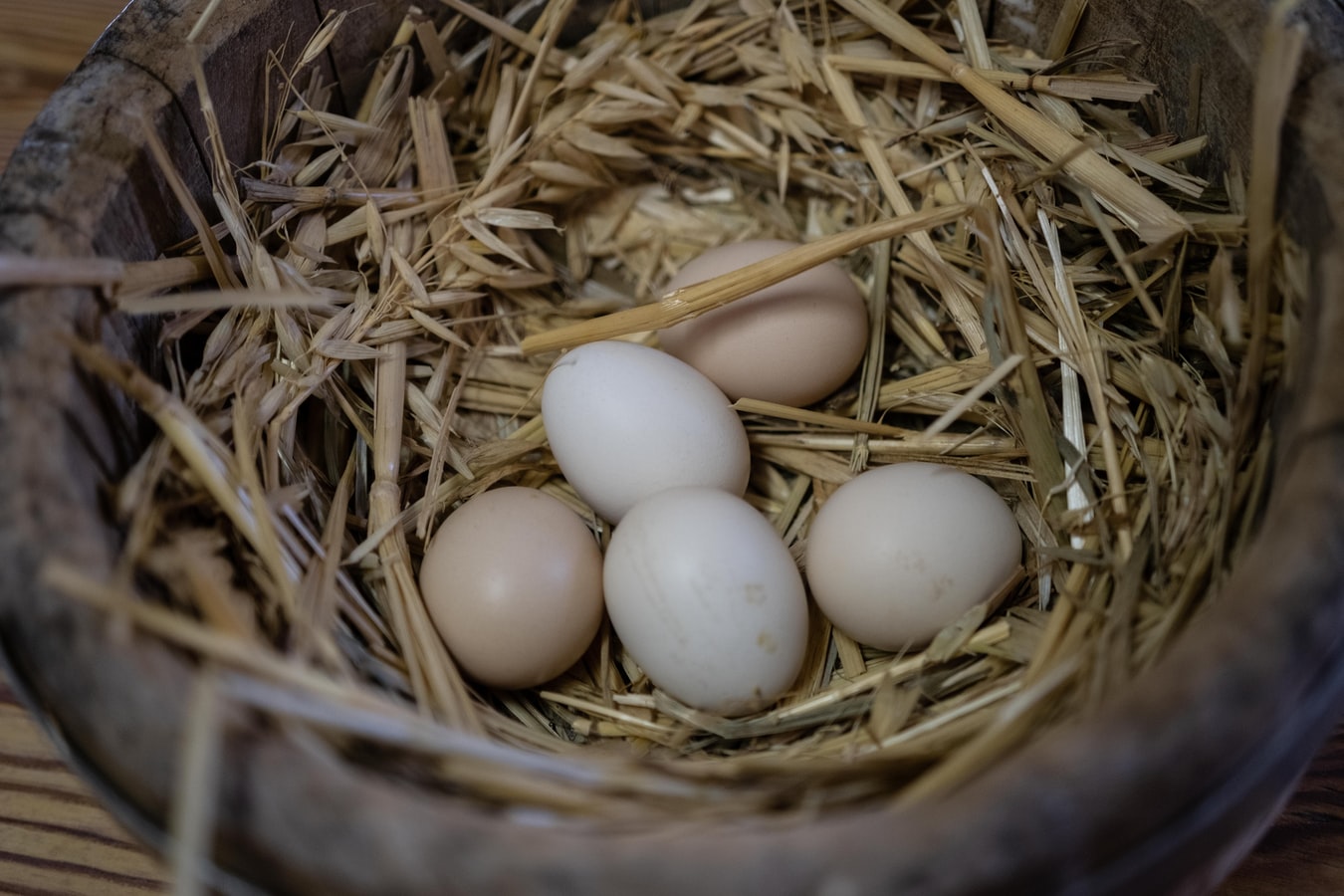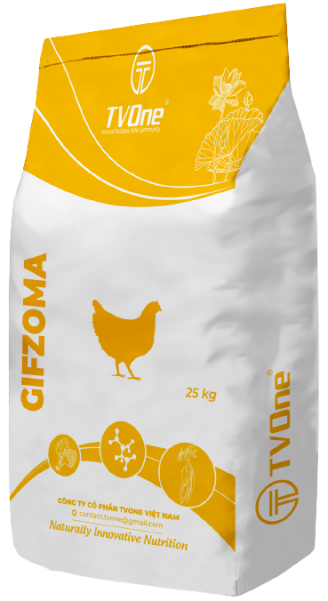Raising hens is one of the chicken-raising models in our country today, bringing high economic efficiency to farmers. Therefore, the reproduction of hens determines the breeding efficiency. Here are certain principles to increase the laying cycle to obtain the maximum benefit to the business.
What is an egg-laying cycle?
Equipment
Housing
Breeding varieties
Hygiene
Nutrition control

What is an egg-laying cycle?
An egg-laying cycle is when a hen gives 2-3 eggs at once, then rests for about 1-2 days to continue laying eggs. The length of the cycle depends on the egg formation time.
Both industrial chicken and domestic chicken have a similar laying cycle. Chickens can start to reproduce from 20 to 24 week-old. It takes around 25 hours for a hen to give an egg, and then the hen continues to lay until the nest is full of about 10-15 eggs. Due to the resting time (mentioned above), we can call this process “laying every other day.” For instance, if the hen lays eggs from 3 pm, we can not have the new eggs for the next day.
Problems concerning laying periods
The demand for food is increasing gradually, so there are more and more restaurants and supermarkets following the supply chain that need to guarantee. Eggs are considered as one of the primary protein sources in some countries. Before diving into the solution, let's look at the egg-laying cycle and the behaviour of hens.
Chickens raised for eggs usually do not hatch eggs after each laying cycle. In rare cases, they do, but they quit halfway. On the contrary, some breeds of Vietnamese chickens have the habit of hatching eggs and are excellent mothers caring for their children. It takes about 21 days to incubate an egg into a chick. And around this time, the mother hen loses her ability to reproduce temporarily.
For industrial chickens raised for eggs, the egg production in a year is up to 300 eggs/each. In particular, the behaviour of chickens significantly affects reproduction. In the moulting season, hens will completely stop laying eggs. Farmers can easily select and exclude a certain number of chickens with low productivity based on moulting time. Good laying hens have a short time and vice versa. The time for hens to shed their feathers is from the beginning of July to the end of August.
Golden rules when raising laying hens
Equipment

The first step in raising laying hens is preparing housings and cages along with feed trays, water trays, laying trays and egg trays. Specialized equipment is necessary to follow the economic farm model. A farm model typically needs to meet the requirements:
Facility equipment: raw and building materials, roofs, cages
Feeding equipment: feeders and waterers, laying trays
Technical equipment: lighting system, weight balance, brooder at 30oC
In addition, farmers should learn more experience and knowledge from experts to apply to their farms.
Housing
Housings to raise laying chickens need to guarantee height, dryness, airiness, cleanliness, being cool in summers and warm in winters, and far from residential areas. The floor made of concrete, filled with rice hulls with lime, is decontaminated and disinfected weekly. Housings are built with hygienic materials and are well covered in the cold and rainy seasons. When chickens are about to lay, they must prepare nests with a density of 5-6 chickens/nest. Nests for laying hens should be placed in indirect sunlight and evenly distributed in the coop. The nest is lined with rice husk and clean straw. They need to change the lining twice a week periodically.
Varieties
The quality of the varieties significantly affects egg production. If the purpose is raising chickens for eggs, people should choose chickens that specialize in egg production and can adapt well to local climatic conditions. If you buy chickens from a young age, brooding will cost a little less, but raising them is risky because the chicks are prone to disease and death. Therefore, it is advisable to choose chickens over 1 kg because chickens have substantial resistance, gain weight quickly and give eggs rapidly. When chickens come of age to raise gilts, we should choose hens with good sexual appearance: well-proportioned bodies, light-coloured feathers, shiny, smooth skin on legs, agile, broad pelvis, head small round, big bright eyes, bright red crista. These will be good quality chickens that can lay many eggs.
Hygiene
Hygiene needs particular attention, particularly from 1 to 80 weeks old with laying hens.
Housing requires height, airiness and cleanliness. Moreover, chickens are very susceptible to diseases, so the housings and equipment must be regularly cleaned and disinfected, especially at the beginning of the period. Limiting strangers' and other animals' access to the coop is also necessary to avoid mediators of bacteria transmission. We must also ensure the rule is “together in, together out.”
With the hygiene of laying nests, the orderliness and coolness also need attention. Typically, the nest should be located 40 - 50 cm from the ground. It is essential to regularly change and disinfect the nest lining materials to ensure that the eggs are not contaminated.

Nutrition control
Laying hens are susceptible to fluctuations in the quality of feed, which is reflected in egg production. Chickens supplemented with a complete and balanced diet will give stable egg production for a long time. The suitable diet for hens is feeding twice daily, with 40% in the morning and 60% in the afternoon. The regular feeds are feed pellets mixed with cereal starch and green vegetables. When the chickens grow, the nutrition is quite simple, just rice, corn, bran…
The chickens should be fed appropriately by dividing the total feed into meals. Too much-scattered feed can lead to suitable conditions for bacteria or diseases to attack chickens. If eggs are smaller than usual, it means that the chickens have not eaten enough, and we need to increase the amount of feed. If the eggshell is thin or the chicken lays young eggs, it means that the chicken lacks calcium; it is necessary to add finely ground clam shells or bone to the feed.
Giving water to the chickens must pay attention to special rules. On the first day of putting the chickens into the brood, it is crucial to ensure they drink enough water with glucose (10 g/liter) and vitamin C (1 g/liter) and feed the chickens. In the egg-laying stage, chickens require enough feed, so we have to pay attention to spreading the food evenly with a higher density. We can use concentrated food or look on websites to buy and sell mixed foods sold in the market.
GIFZOMA - Solution of increasing productivity - prolonging laying period, avoiding moulting in poultry
Feed supplementary is trusted by many farms and feed manufacturers. The product is exclusively developed and manufactured by TVOne Vietnam, with 100% of herbal origin cultivated from medicinal regions across Vietnam.
Gifzoma contains all essential nutrients for each growing stage of hens, like ginsenosides, saponin steroid, and peptide chelate calcium, which helps reduce cost and increase yield.
Products are used for poultry to increase digestive ability and calcium absorption, improve eggshell quality and prolong the reproduction time of hens by eight weeks and avoid moulting.
